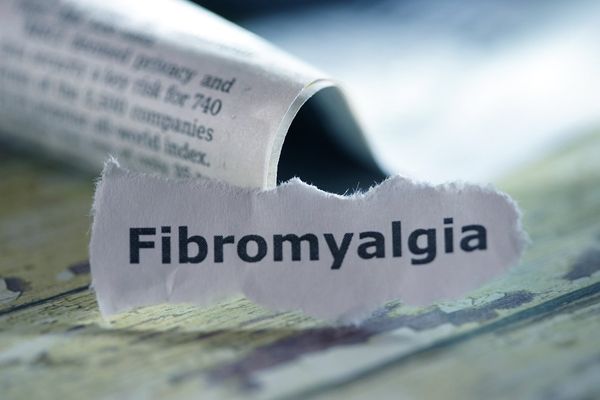Q:
I want to talk to my primary care physician about my pain and fatigue but whenever I try, I become emotional and embarrassed. How can I discuss my symptoms so he'll better understand how I feel?
A:
Before we address anything else, a gentle reminder: You have nothing to be embarrassed about. Your primary care physician has seen it all—you can't say anything he/she hasn't heard. It's his or her job to care for you.
That said, it's understandable to get flustered. Emotions are natural, and living with the symptoms of chronic pain can be difficult—and can bring on strong emotions.
Add to that the perception some women have of feeling misunderstood by their doctors and it's easy to see why it may be hard for you to articulate how you feel. In fact, according to a 2009 survey commissioned by HealthyWomen, nearly half (46%) of the women surveyed with chronic pain believe that men are taken more seriously when they visit health care providers about chronic pain.
Be prepared
Unfortunately, time is limited, so you need to make the most of each doctor visit; that means arriving prepared
Start preparing today by keeping a daily symptom log. By tracking your pain, fatigue and other symptoms, you may be able to spot triggers and patterns to discuss. Participating actively in the development of your treatment program shows your physician how serious you are. Don't expect to review the log day by day, but use it as a conversation starter.
With just a few minutes for an appointment, it's easy to feel rushed. Arriving with your symptom log and questions in hand makes it harder to forget details your physician will find useful.
It's in the details
Those details are key to achieving meaningful communication with your physician. While your physician may empathize with your emotions, it's hard for him to treat those feelings. Be specific. Saying you always feel more pain before your period or that your fatigue is typically worse mid-afternoon provides more tangible, actionable evidence of your condition.
Effectively communicate your pain and other symptoms by using specific, descriptive language. Factual, symptom-related words that describe your pain—like shooting, stabbing, throbbing, widespread or aching—are more helpful to your physician than you might think. Is the pain widespread throughout your body? Are there specific locations in your body that feel tender to the touch? If you're not sure what kinds of words to use, look to sites like the National Fibromyalgia Association or here at HealthyWomen for guidance.
Day by day
Offer some insight into the day-to-day impact of your symptoms. Your physician probably knows your life is harder. Does he know you're so tired in the evening that you've stopped taking nightly walks? That you feel unable to take a family vacation with lots of outdoor activity? That you're taking more time off work lately because of fatigue?
Use as many details as you can to describe how fibromyalgia symptoms have changed your life. Paint a picture your physician can clearly see, and together you'll find ways to manage your symptoms and replenish the energy and endurance you need to have a full, rewarding life in spite of fibromyalgia.







